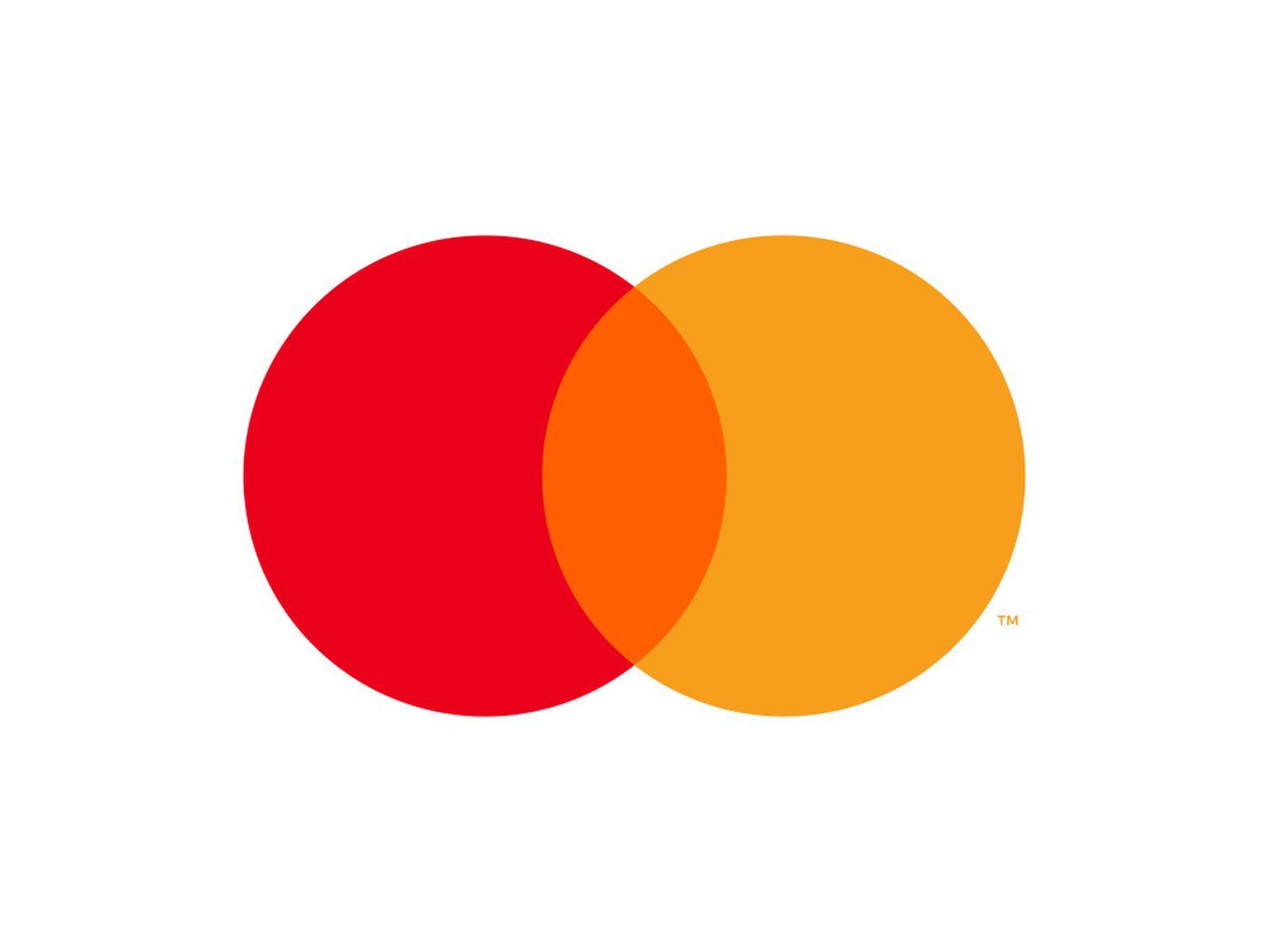This week our top story is about Mastercard’s new sonic branding identity.
In a recent audio release on the Mastercard News YouTube channel, the company said, “the modern way we act, live, shop, and pay continues to change and impact how we engaged with the world around us, including the role of brands.”
In response to, Mastercard created this:
That was the sound of Mastercard. According to the press release, “that core melody acts as the foundation for our entire sonic brand architecture.”
While that melody is the audio branding foundation, the company put a ton of time, talent, and resources into creating extensions that range from point of sale retail sounds like paying for a taxi, to regionally modified versions of the melody like this one called Mumbai, to contextually relevant executions including this Opera version.
So was this a brilliant marketing move or just a great way to spend a boatload of money on some ringtones? That brings us to this week’s topic.
3 Tips for Sonic Brand Strategies
Just what goes into an audio branding, or sonic brand strategy?
Much like branding in general, the goal is to produce something that is catchy and consistent enough to be recognized, but also stays interesting and doesn’t start to wear on people. Here are three general branding principles that Mastercard seemed to focus on with their audio branding strategy.
1) Build Recognition With Audio
First comes recognition, which, as it happens, is something audio is particularly good at. By some accounts, including audio in video ads has been found to nearly double ad recall.
Maybe that’s why you see brands in especially competitive and boring categories like insurance using sonic branding tactics:
- Farmer’s Insurance
- Nationwide
- AFLAC
- Liberty Mutual
- State Farm
This type of lift in recall is something Mastercard hopes to enjoy and it comes at a time where they risk losing some recognition by taking their name out of their logo. It’s most likely not a coincidence that they rolled out both changes within weeks of each other.
2) Be Careful With Burnout
Beyond recall, the second consideration is burnout.
If brands don’t change up their audio branding, it can end up hurting them, especially if it has high recognition and frequency. Just ask Nokia. Or these days… maybe Slack?
When asked about overdoing audio branding in a recent interview, Mastercard CMO Raja Rajamannar said the key is, “not to give a sense of fatigue or tiredness to the person who is checking you out.”
Let’s see if it passes the retail test:
Seems innocent enough, but only time will tell given that they want sound to play everytime Mastercard is seen, whether in a commercial, online, or at a point-of-sale, which bring us to our third point.
3) Make it Extensible
The last thing the audio branding architecture has to do is be appropriate in every situation without necessarily calling attention to itself.
This is where a lot of the real effort and consideration in Mastercard’s sonic branding shines through.
They somehow made the melody work in all sorts of different contexts we mentioned earlier like Mumbai, the Opera, or this newly remastered version of the Lion King, now sponsored by Mastercard.
That last clip wasn’t real, but it felt like it could have been. And this type of flexibility will keep the Mastercard sound recognizable, but fresh and relevant enough to be pleasant wherever you come across it.
It’s this extensibility of Mastercard’s sonic brand architecture that I appreciate the most.
It takes things beyond a simple jingle and puts Rajamannar and the gang at Mastercard on some Hanz Zimmer, use-all-the-parts-of-the-Edith-Piaf Inception-“kick song”-to write-the-score-for-the-movie, kind of level.
What do you think? Is Mastercard’s audio branding strategy a stroke of marketing brilliance, a big waste of money, or something else?
What do you think the overall importance of audio is when it comes to branding? Share your thoughts in the comments and we just might send you a little something in return.


